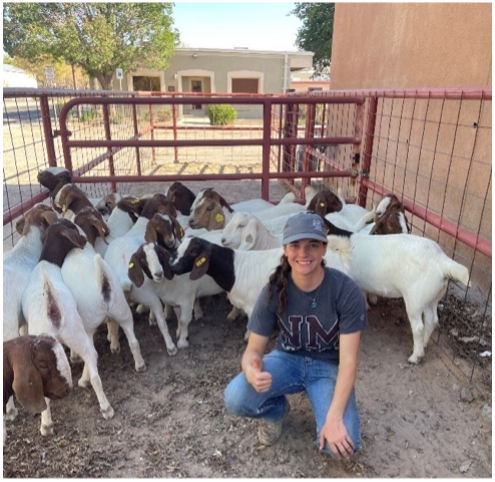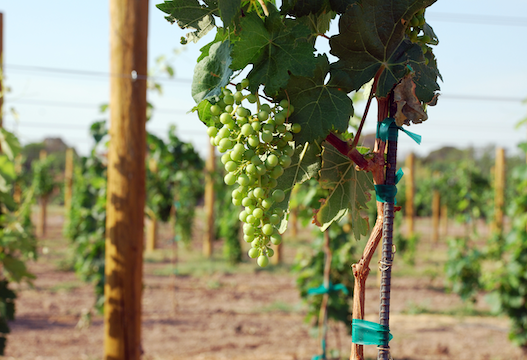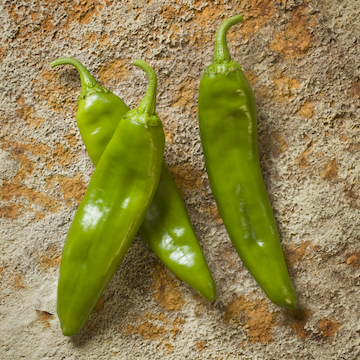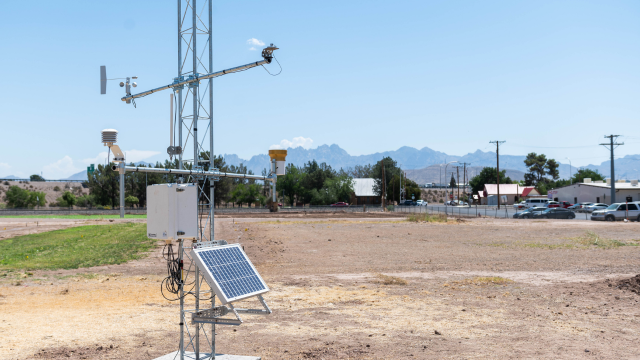For more details about an impact, contact information for NMSU ACES faculty and staff is available at the online directory.
For general questions regarding impacts in this database, please contact Claire Montoya at ccortner@nmsu.edu.
Impacts
(No image)
An NMSU researcher has received $400K from a $1 million USDA grant to develop the future workforce. Aquaculture is the fastest-growing sector of food production in the US and safe, nutritious, domestically-produced seafood is a national priority.
More...

Onion stakeholders in the U.S. have identified Fusarium basal rot (FBR) as a serious disease threat to onion yield and economic sustainability. The onion industry in the US is valued at farm gate annually at $900-1,000 million. Currently, the disease reduces onion yields at harvest and during storage. Chemical and cultural control methods are ineffective as a long-term solution to controlling this disease. Host plant resistance holds the potential to control this disease and eliminate its detrimental effects on onion production. Currently, onion cultivars are limited in their resistance to this disease.
More...

This work demonstrates that if animals are to be transported to a facility for artificial insemination, it should be done prior to the day of the procedure. Although costs will be incurred to house the animals overnight, the improvement in conception will more than likely cover the associated cost.
More...
(No image)
The decrease in annual and crop growing season precipitation and the increase in temperatures might be translated into the increase in crop evapotranspiration demand versus reducing available water resources. Long-term average annual precipitation in the Four Corners regions is about 8” while crop water use is about 32” corn and 44” for alfalfa, 26” for potato. Small crop producers in the region are 100% relying on the streamflow of the San Juan, Animas, and LaPlata rivers and the commercial growers such as the Navajo Agricultural Products Industry and contractors use water diversion from the Navajo Lake with other functions. Limited available water resources under a decreasing trend of precipitation under changing climate, there is a call for more efficient and precise use of water in irrigated agriculture in the Four corners region.
More...

Weeds within vineyards may harbor insect pests, compete with grape vines for water and nutrients, and interfere with grape harvest. Traditional methods of weed control include plastic mulch and herbicides to prevent weed growth. While effective, plastic mulch is expensive and requires disposal after a few years, and herbicide has potential negative environmental impacts and its use is undesirable to wine consumers.
More...

If not controlled, mid-to-late season weeds in chile pepper result in $34 million in lost profits for New Mexico growers. To help growers avoid these losses, the NMSU Weed Science Lab is developing optimal practices for using crop rotations and herbicides to prevent and control mid-to-late season weeds in chile pepper.
More...

The weather station in Mora provided critical information on the low dew point temperatures, telling them about the extremely dry air and likelihood of extreme wildfire behavior in the Mora Valley.
More...